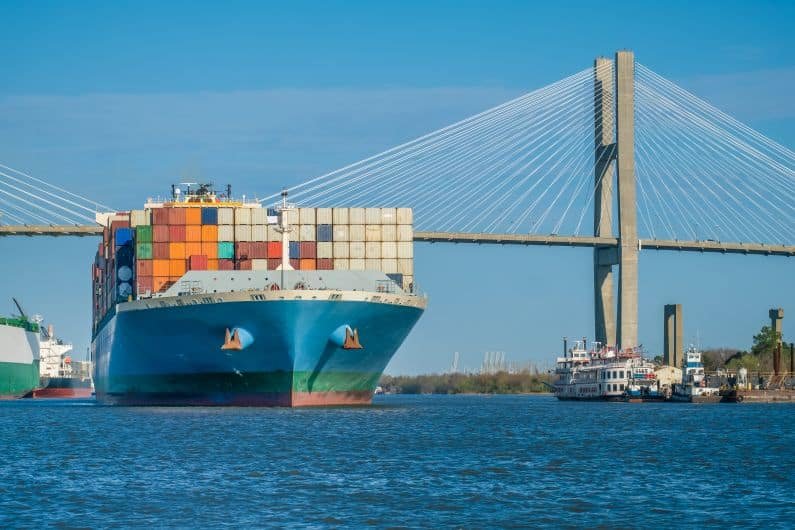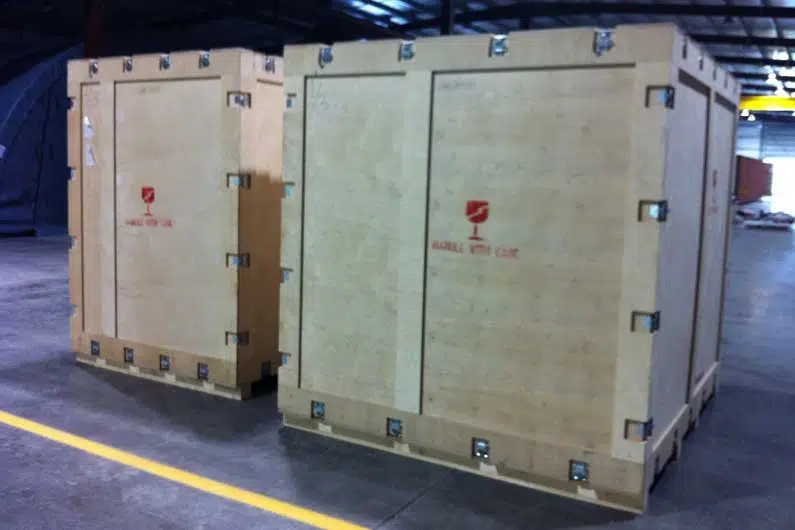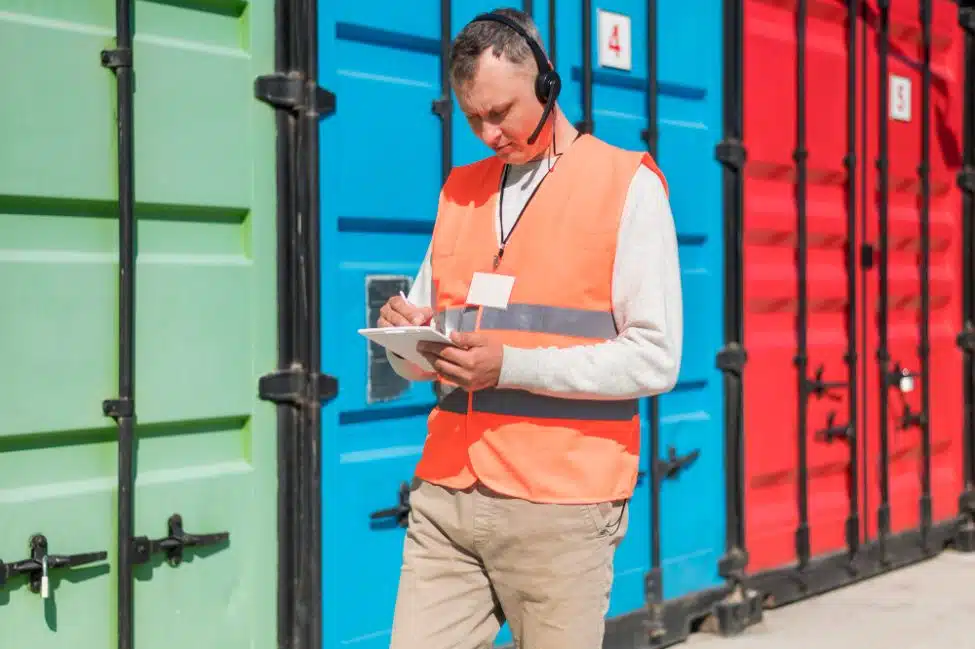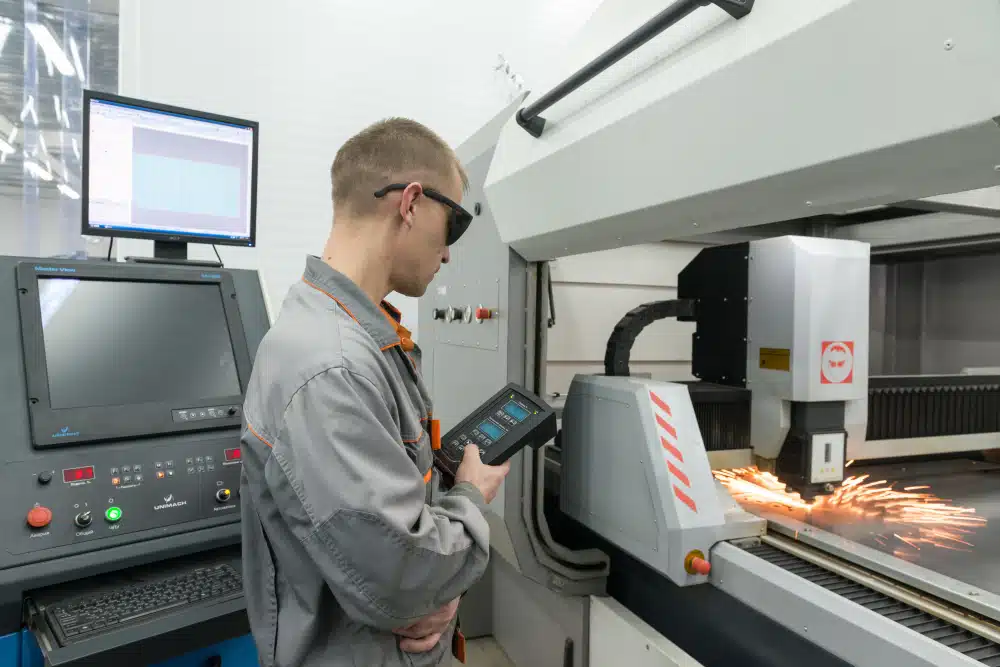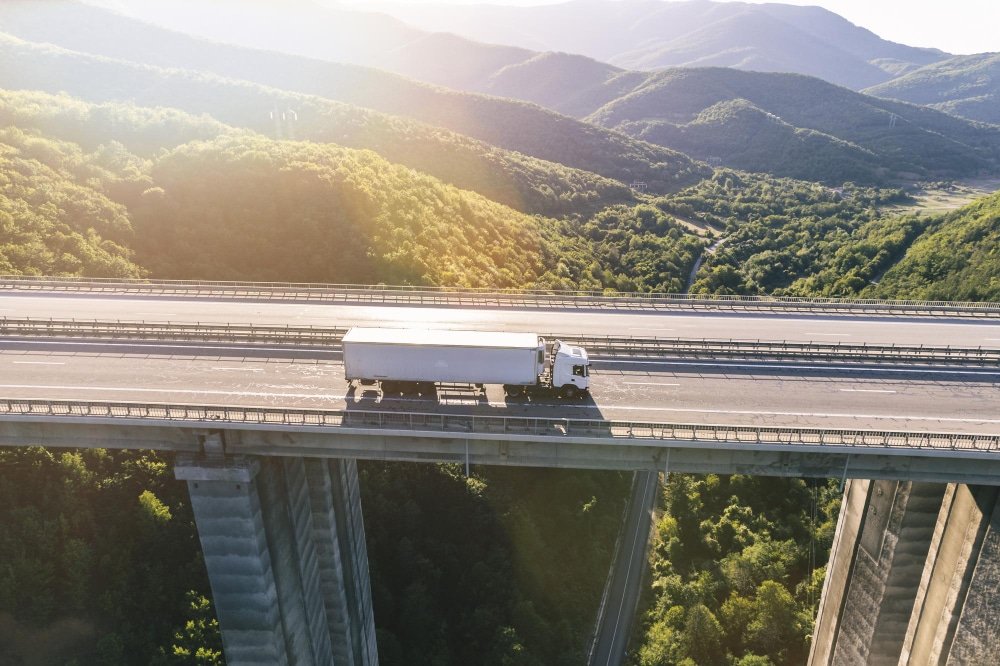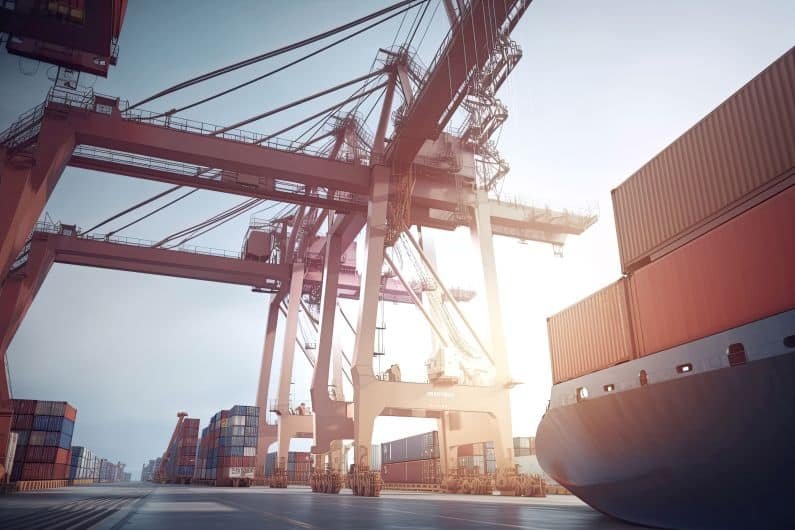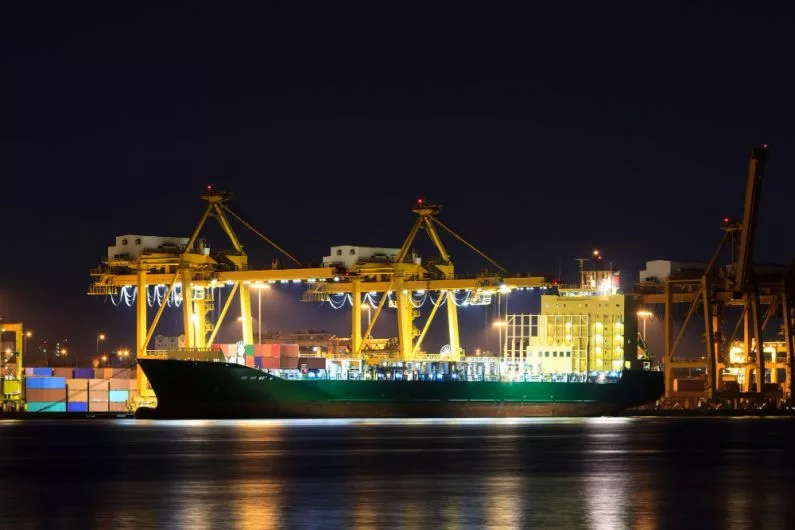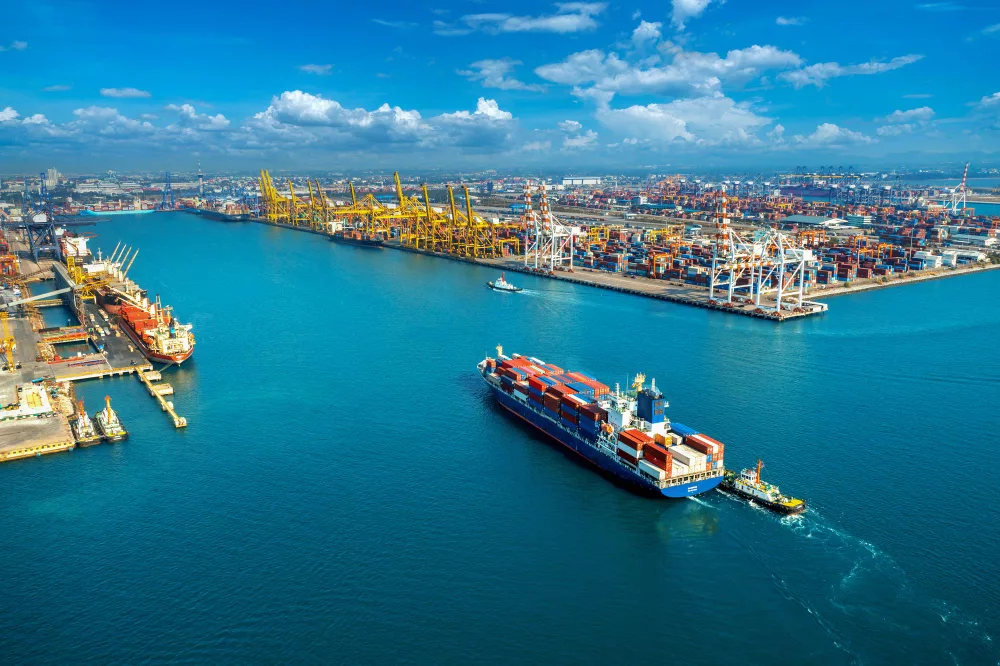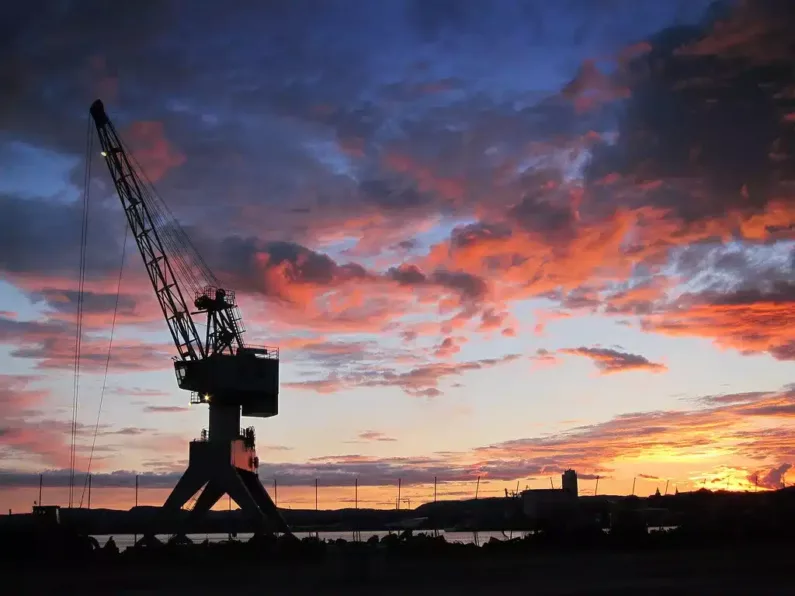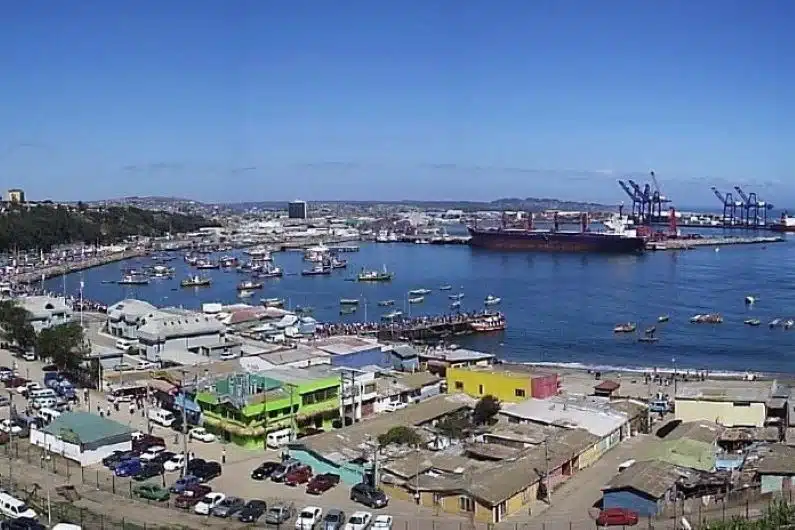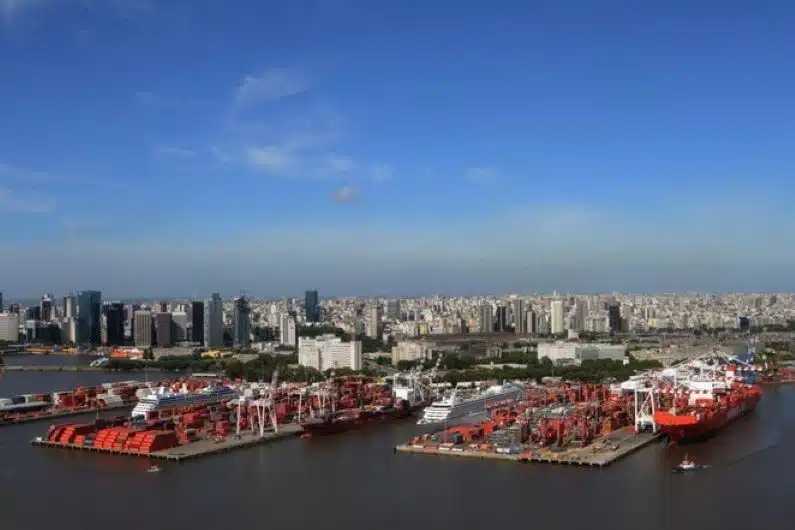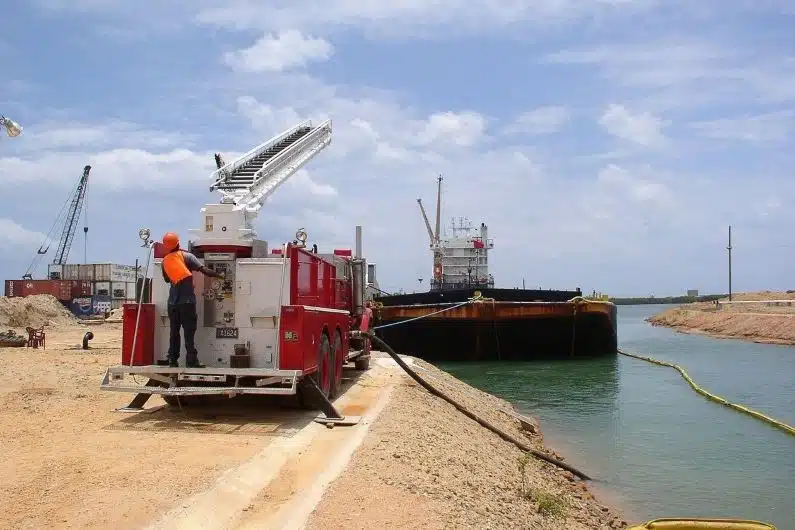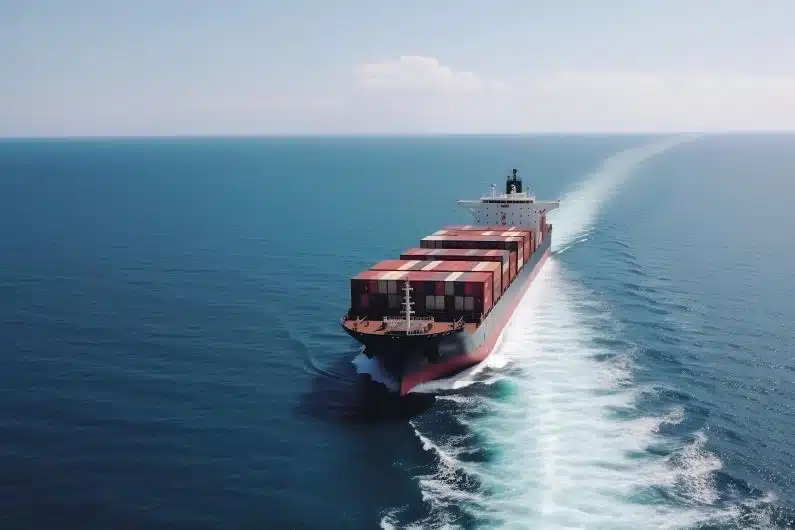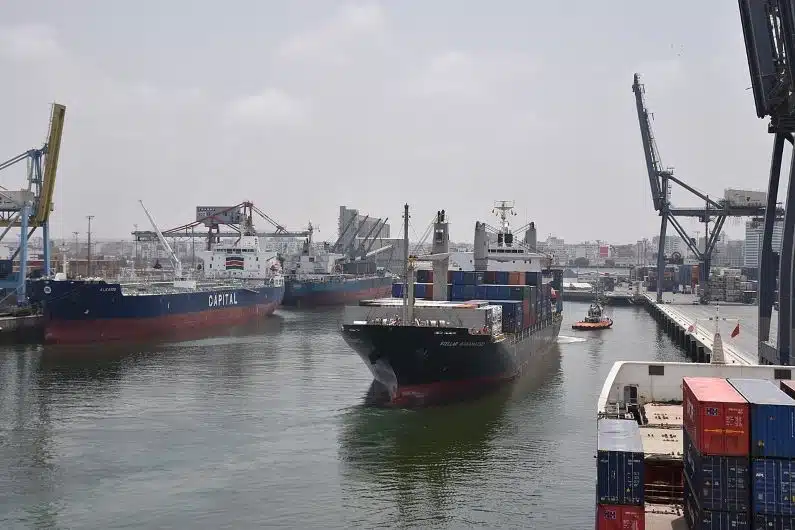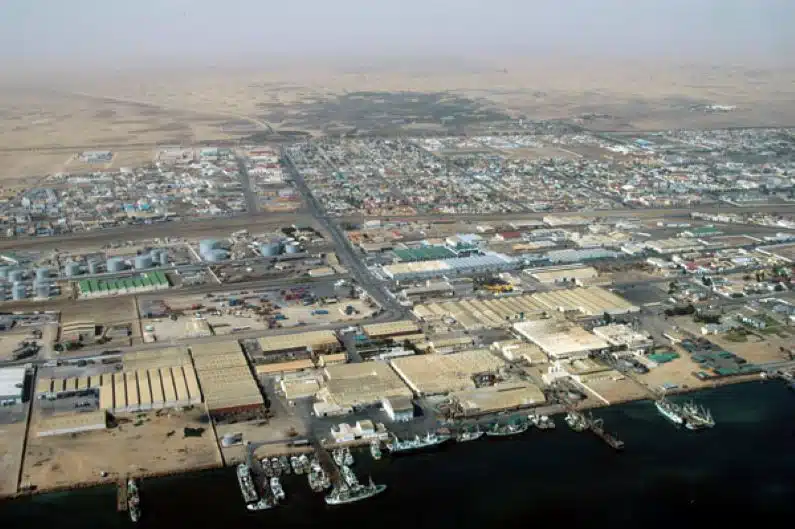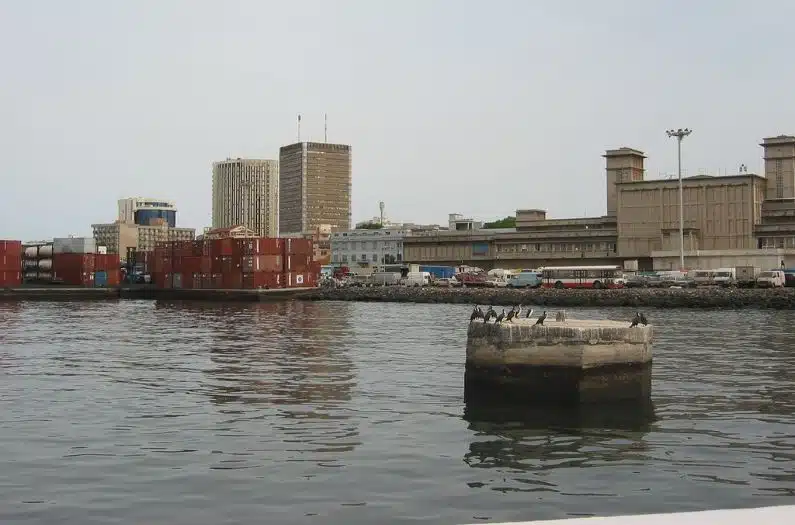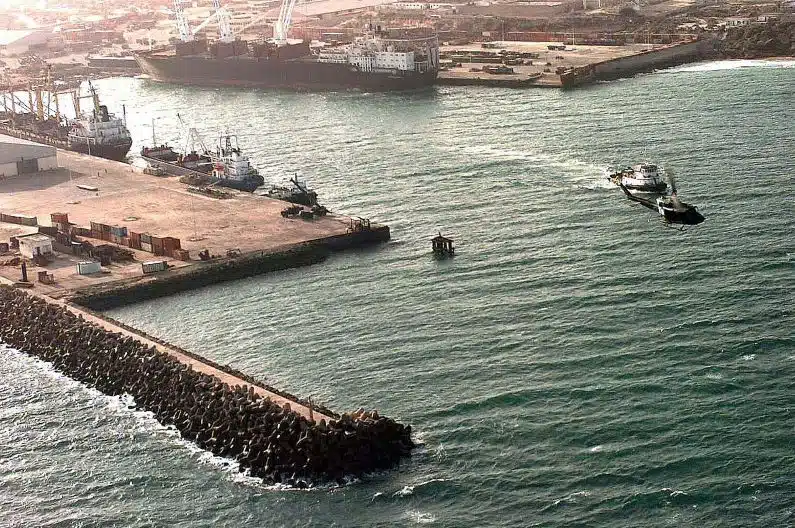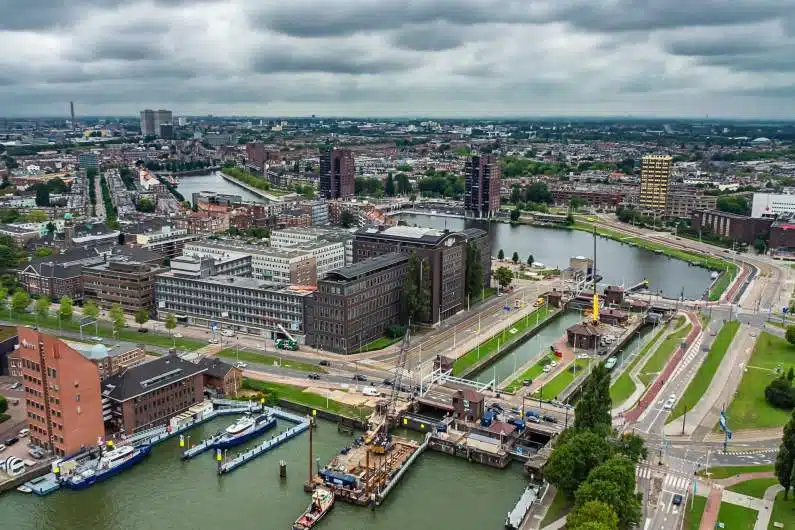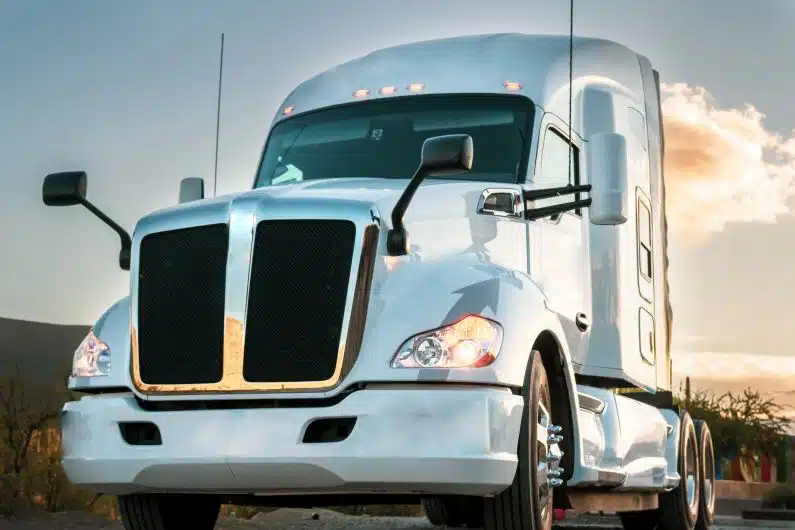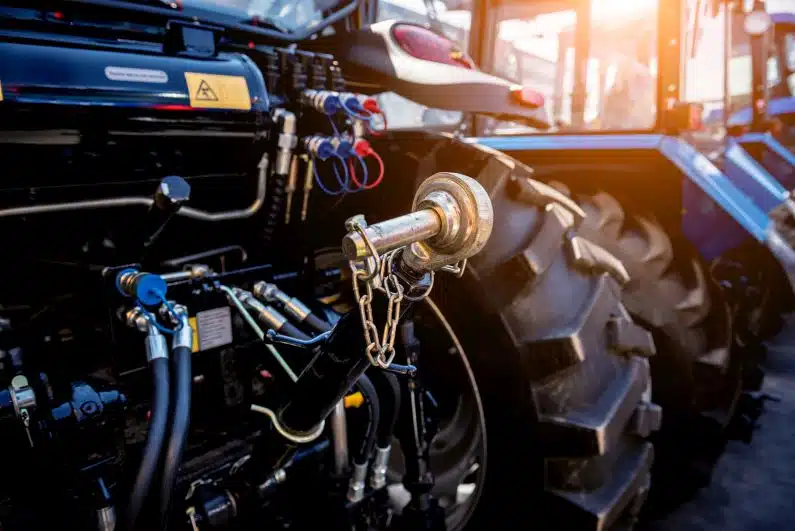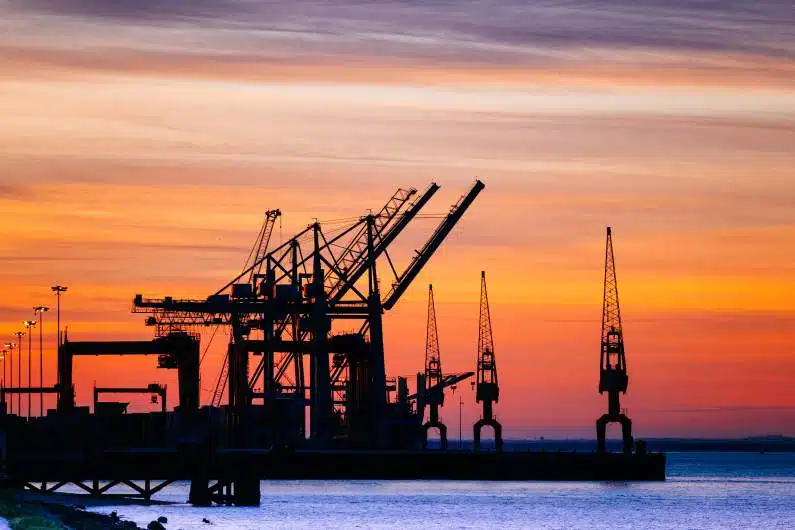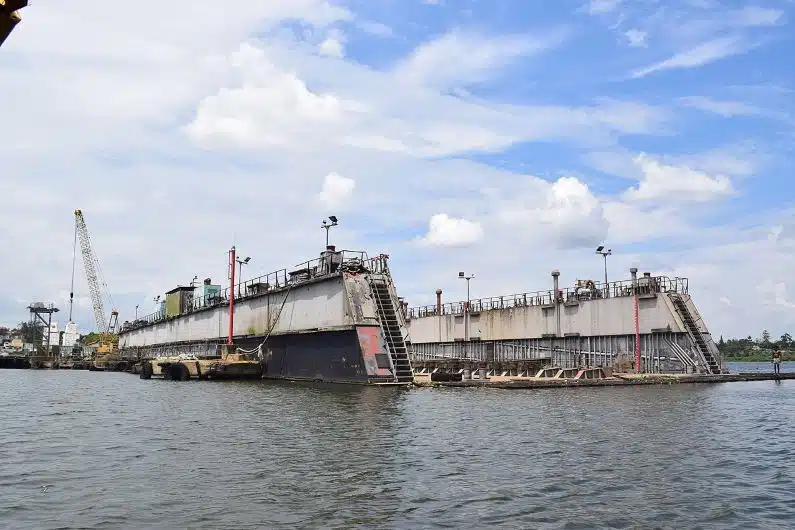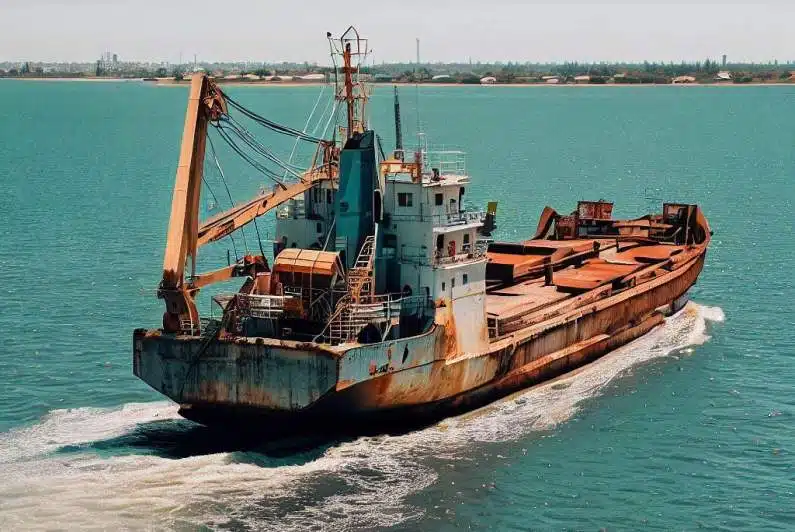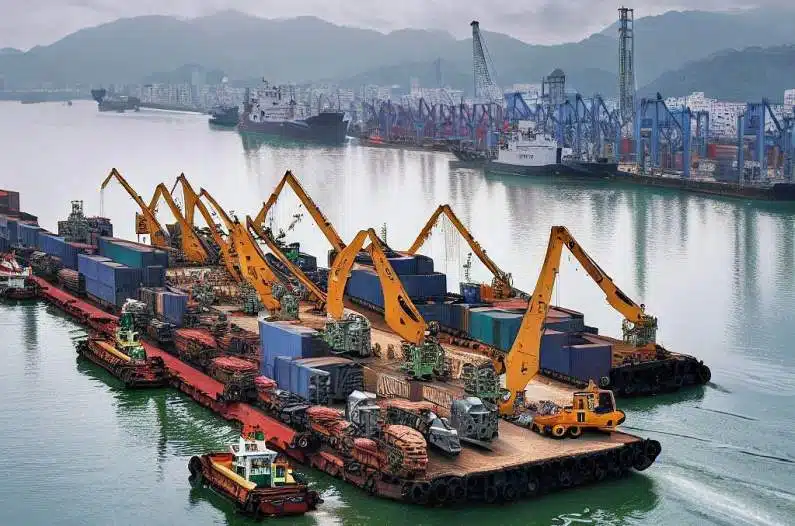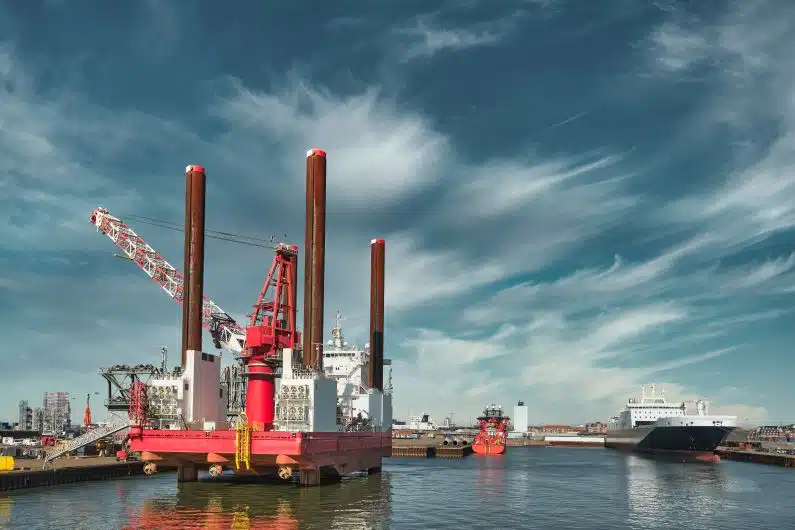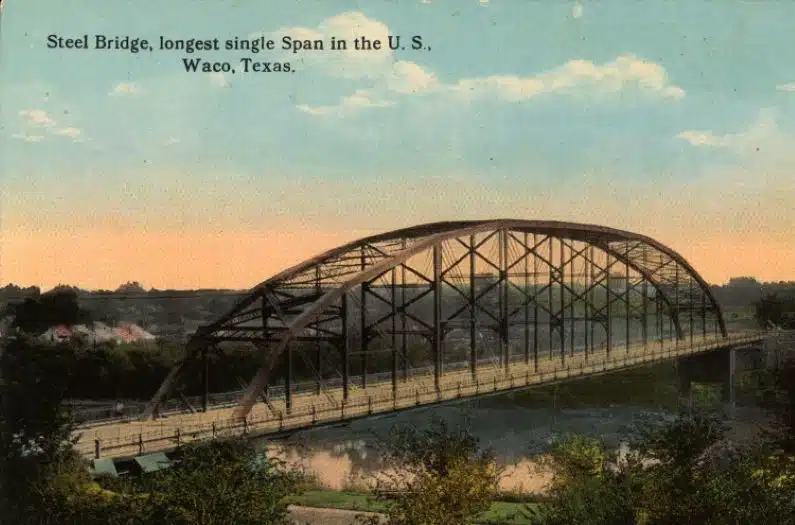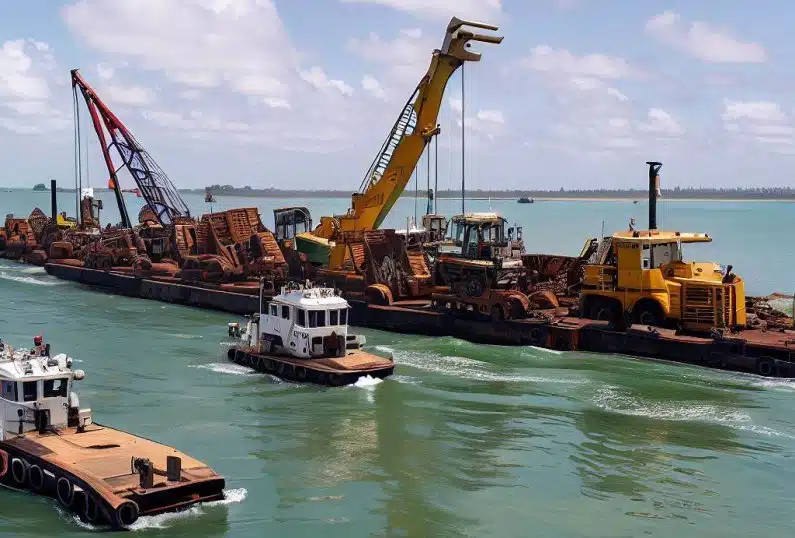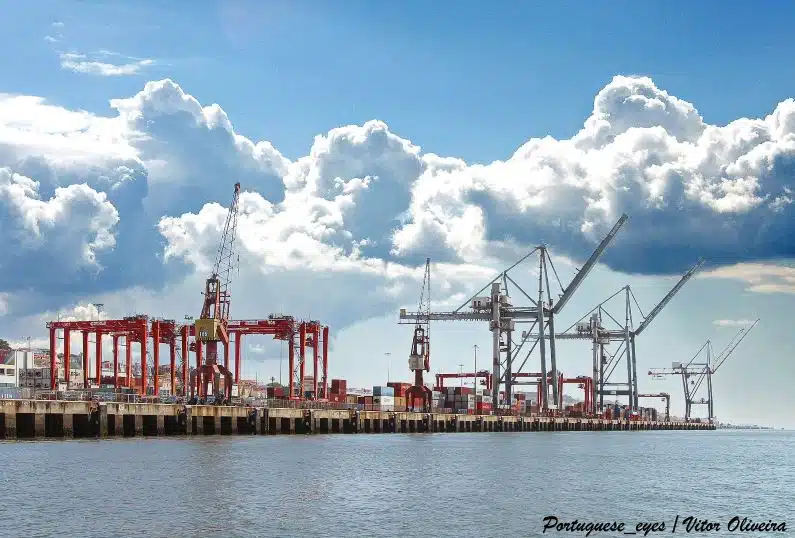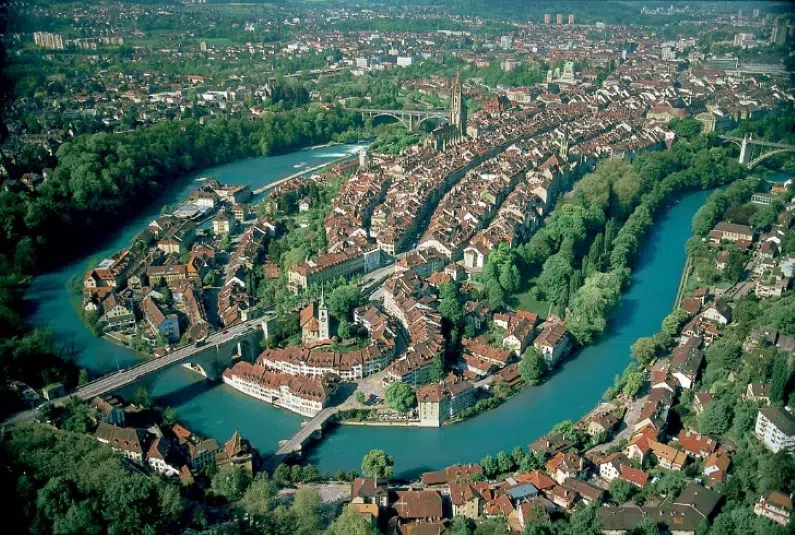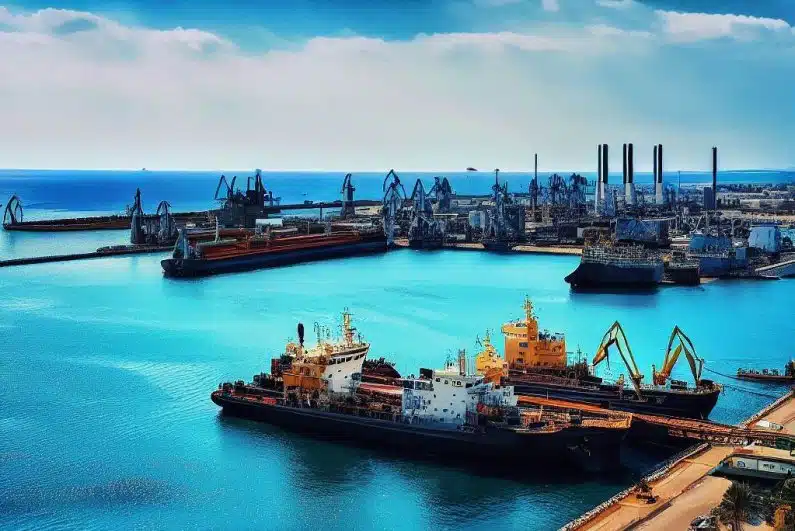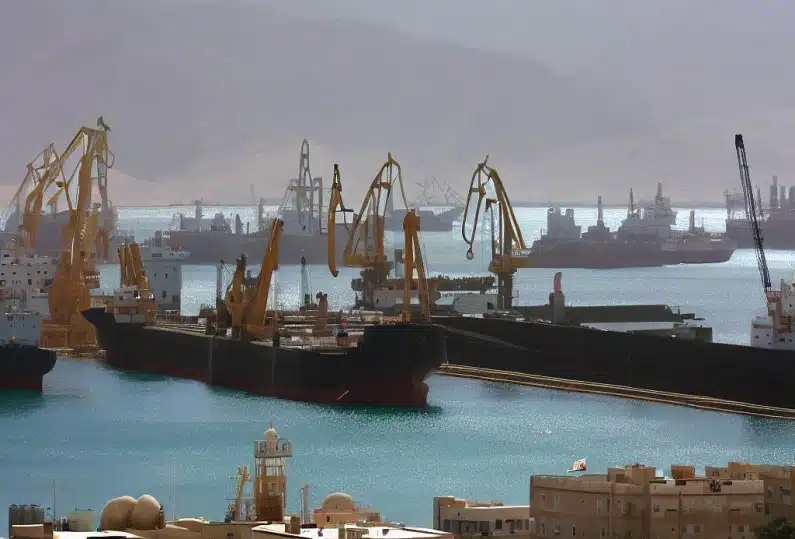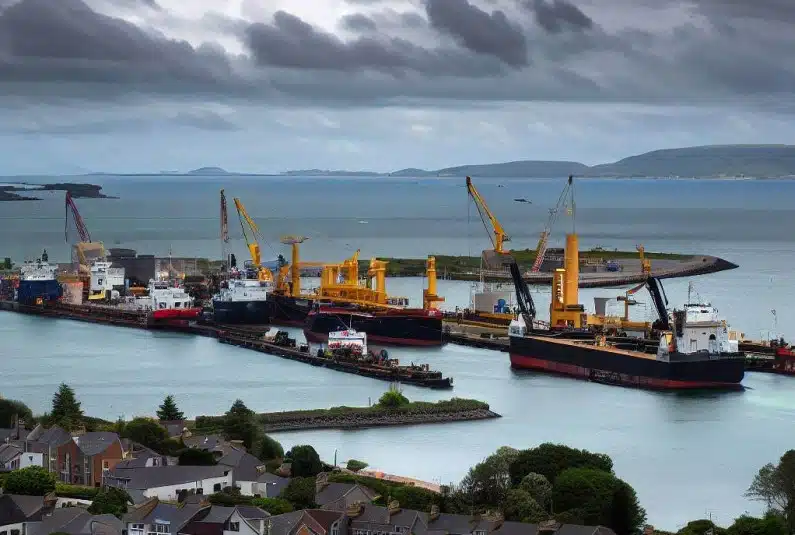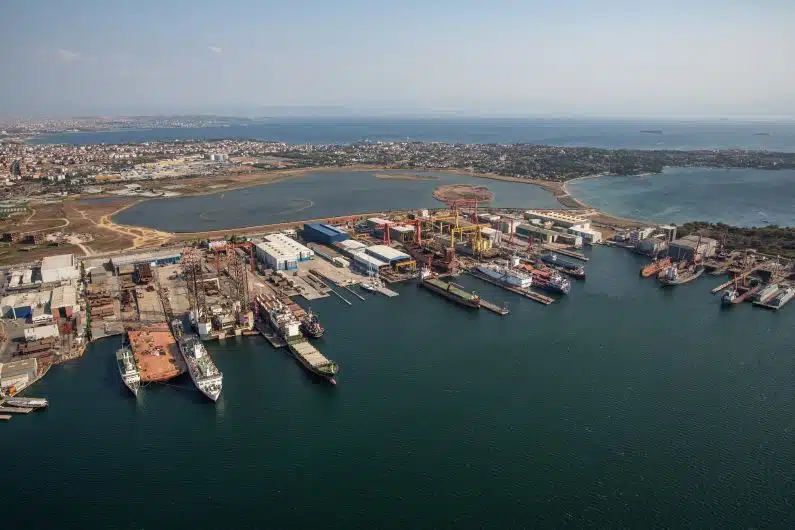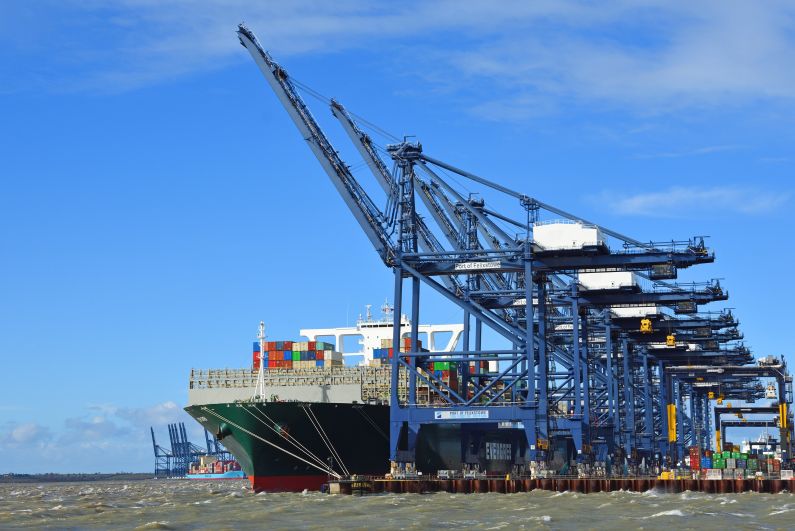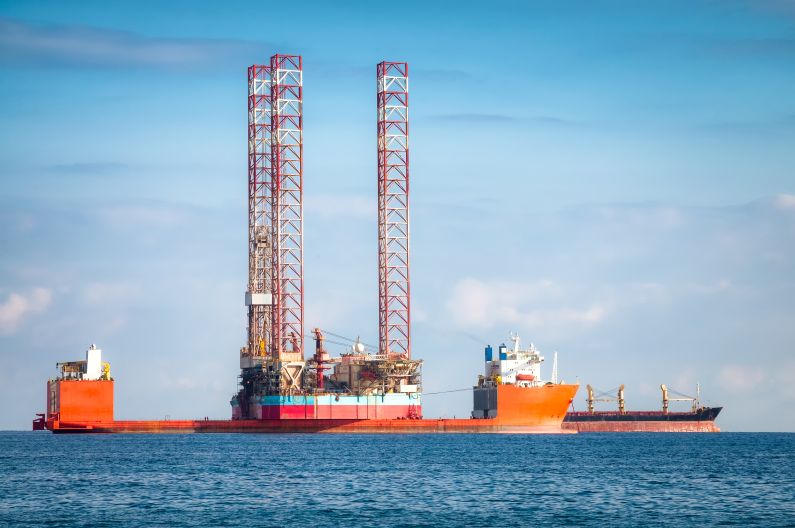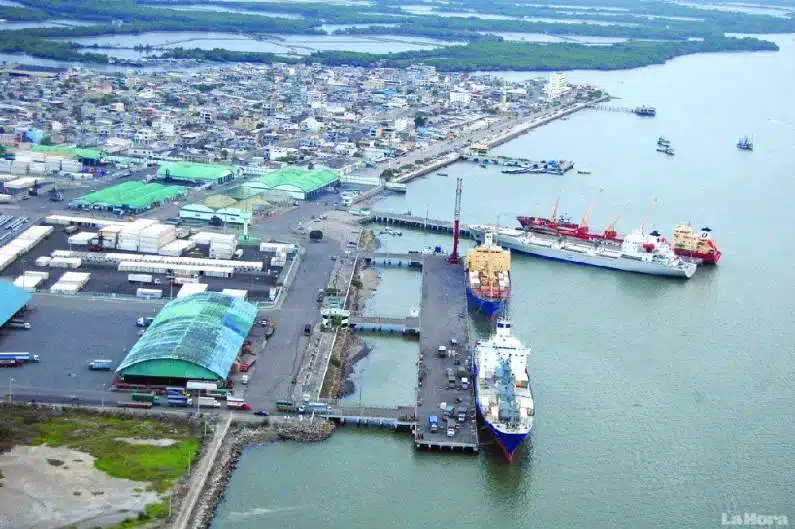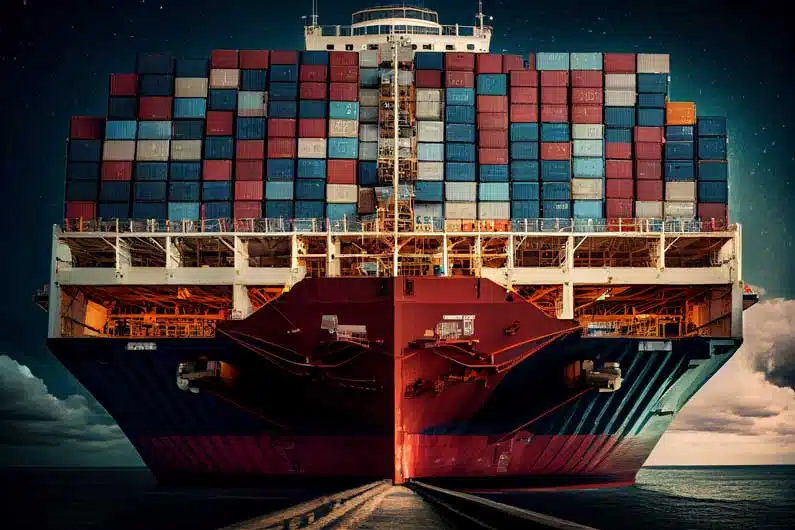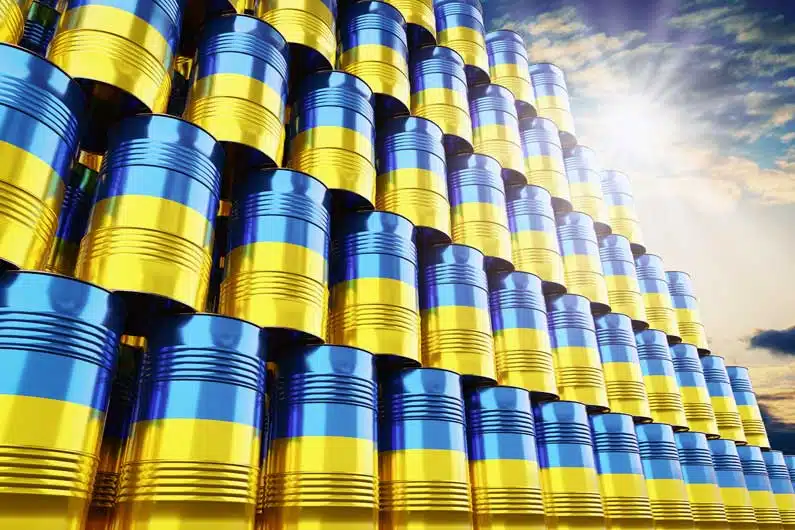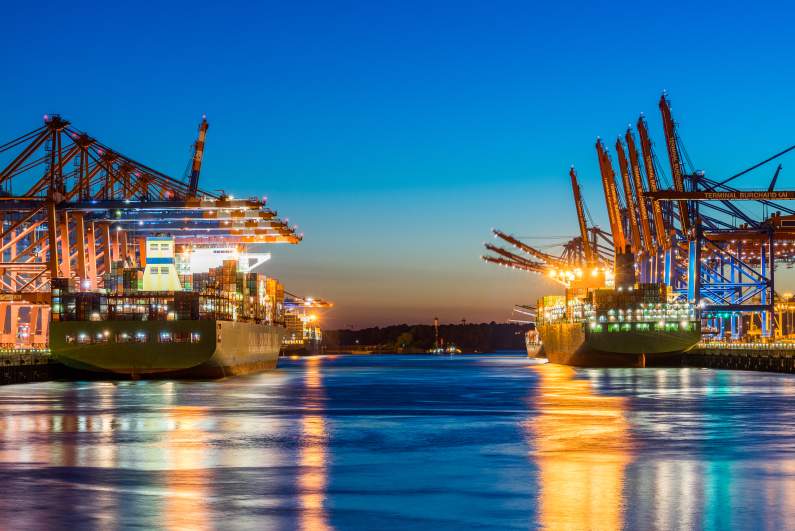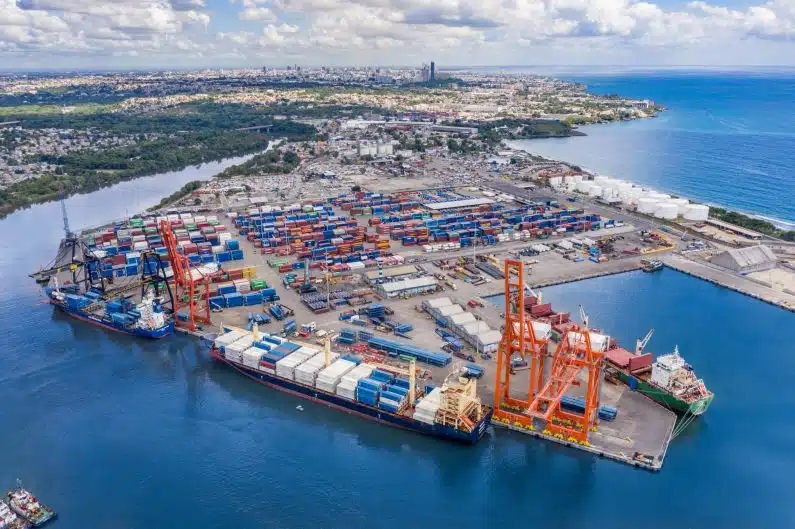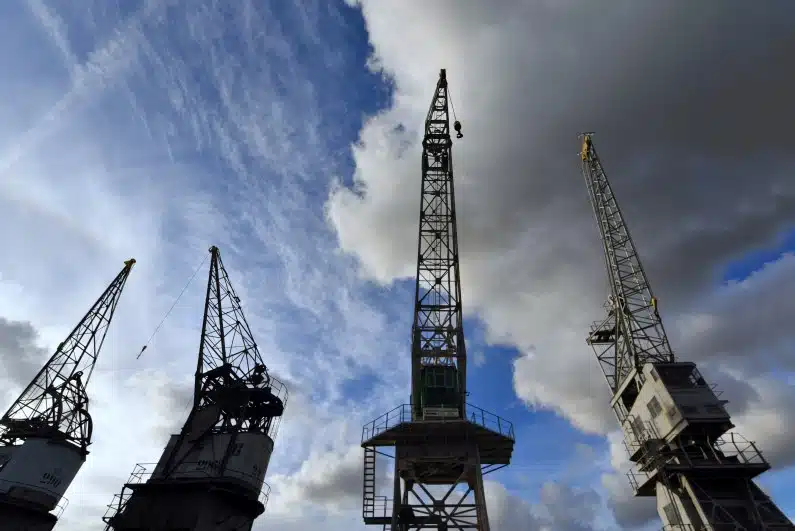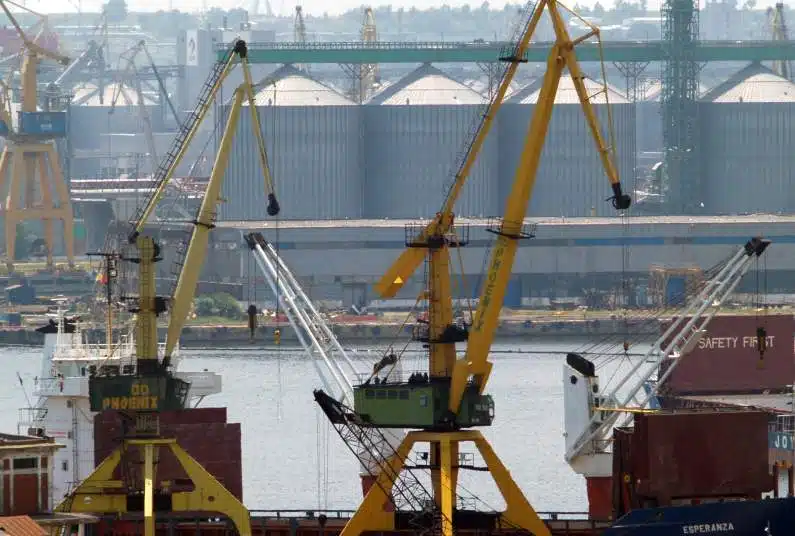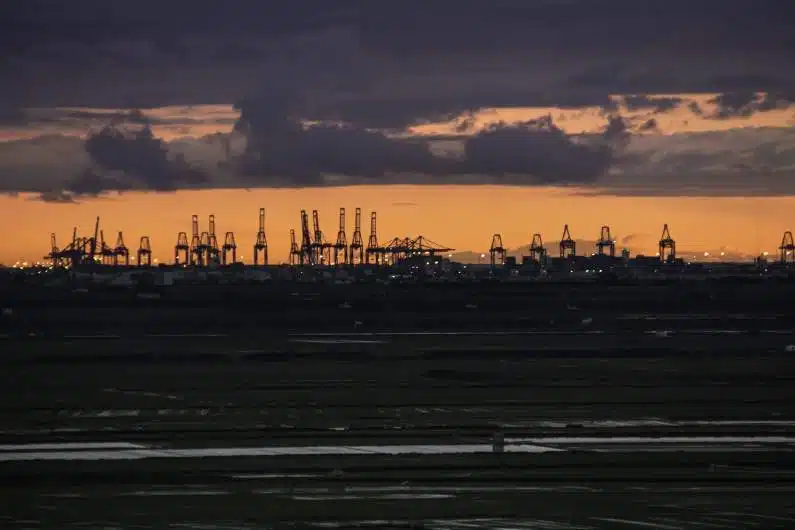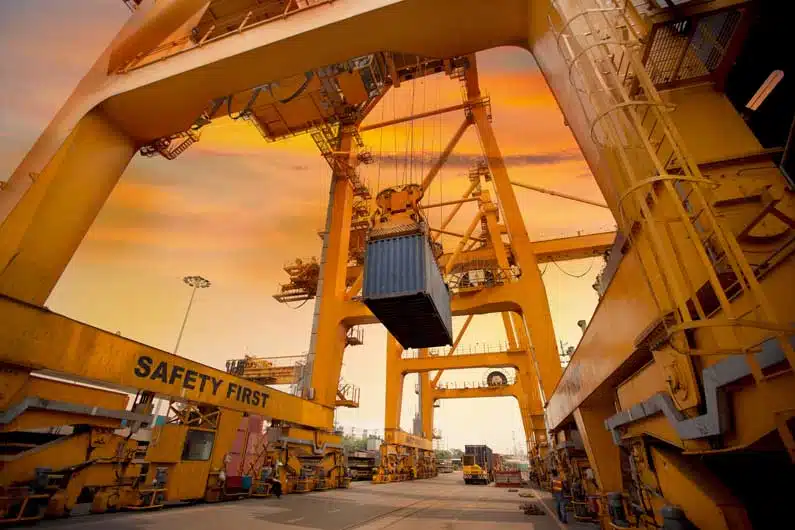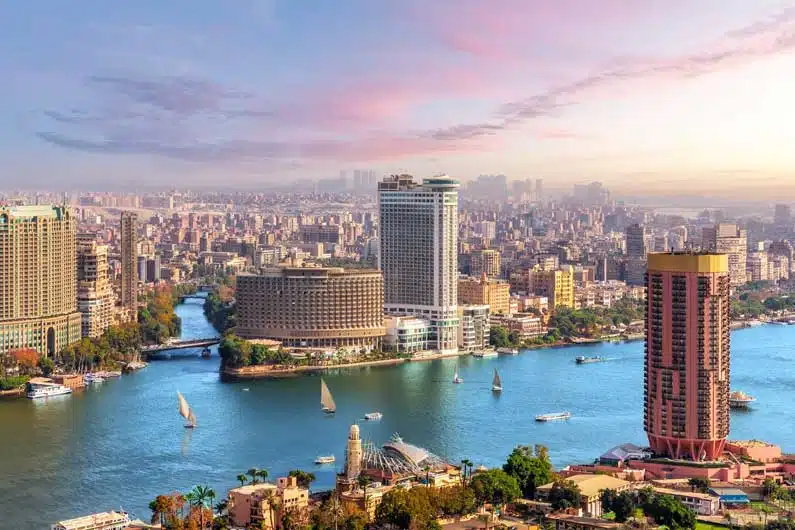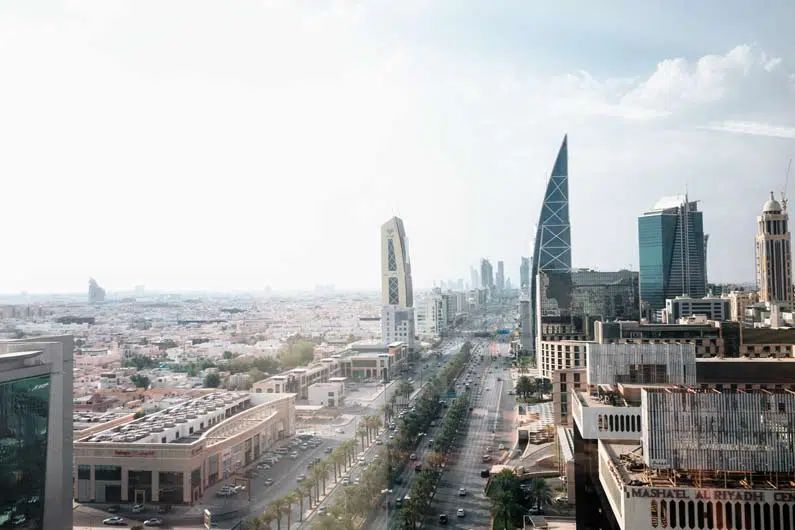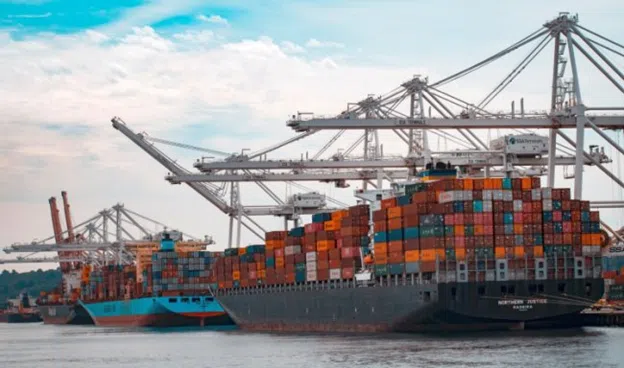When it comes to shipping cargo by water, ocean shipping is not the only option. At Texas International Freight, we are also experts in heavy machinery shipping by barge. One of our recent projects involved transporting a thermal oxidizer by barge from Oklahoma to Louisiana. As you can imagine this is no small achievement.
In this article, we are going to explain how we undertook the first part of this process, from the initial planning and coordination stages to getting the cargo on the water. Projects of this type involve a lot of moving parts that have to work like clockwork. Fortunately, at Texas International Freight we are used to rising to this kind of challenge and we have years of experience with jobs of this type, whatever issues come up.
Heavy Machinery Shipping by Barge – What Is It?
Firstly, what is a thermal oxidizer, and what are the challenges involved in moving one? A thermal oxidizer, also known as a thermal incinerator, is a process unit used in chemical plants to control air pollution. It destroys hazardous air pollutants and volatile organic compounds by decomposing them at a high temperature and then releasing them into the atmosphere.
Consequently, it poses some logistical challenges when moving it from one place to another because if any significant issues arise then the additional costs on what is already an expensive project start mounting very quickly. The size and shape are the most obvious issues: thermal oxidizers are long, out-of-gauge, heavy cylinders.
This is what makes transport by barge – a transport method with a very rich history – the most suitable means of shipping. This also means that loading and unloading the equipment takes time as ensuring that the cargo remains in pristine condition and that the team remain safe are key concerns.
Three Weeks to Go
Making plans to transport this thermal oxidizer started several weeks ahead of the moving date. This is because we had to liaise with a few different governmental and utility parties to get the required authorizations and make sure the trip will go smoothly. Our first port of call was the state government of Oklahoma as we needed its approval to use the planned roads, including checking that the bridges we planned to cross can carry the cargo’s weight and that was possible to cross the railroads.
We then needed to contact the utility companies as we had to request that they held up the wires along the route and took down any traffic lights; obviously, this was factored into the cost. Finally, we had to contact the police department to request an escort for in front of and behind the truck. We had to get authorization from one party before moving on to the next so the earlier we do this the better!
One Day to Go
The day before the move involved getting the truck and crane we were using to the origin point: the facility where the oxidizer is manufactured. Organizing the hire of this equipment must also be factored into the time frame and project cost as we had to ensure we get equipment that was able to carry cargo of this size.
Once at the fabrication facility we found that the door was too low to allow the truck plus cargo to get out the door. Fortunately, with a bit of quick thinking a lot of years of experience by our dependable vendors, we were able to shuttle the oxidizer out of the building on some castor wheels and then load it on our truck ready for what was a truly epic journey to the barge the following day.
Moving Day
Although the distance between the fabrication facility and the barge terminal was very short (we just had to get from one side of Tulsa to the other) that didn’t mean we had an easy journey. As we were not allowed to drive directly through the town with a load that size, we had to go around Tulsa on a very wide route that added a lot more miles to the journey and meant that, all in all, it took 8 hours to make the trip, at a speed of around 30 mph.
We also encountered a few more issues during the journey, including a railroad crossing that had to be adjusted to let the truck through. This really showed the importance of the upstream logistical preparations and that you do need to expect the unexpected with loads of this sort, but by late afternoon, we had finally reached the terminal ready to load the oxidizer onto the barge early the next morning.
River-Bound
By now the cargo was ready to set off down the river, so the first part of the project had been a success but that was not the end of it by a long way. In the next installment, we’ll break down what the rest of this heavy machinery shipping by barge journey entailed.

